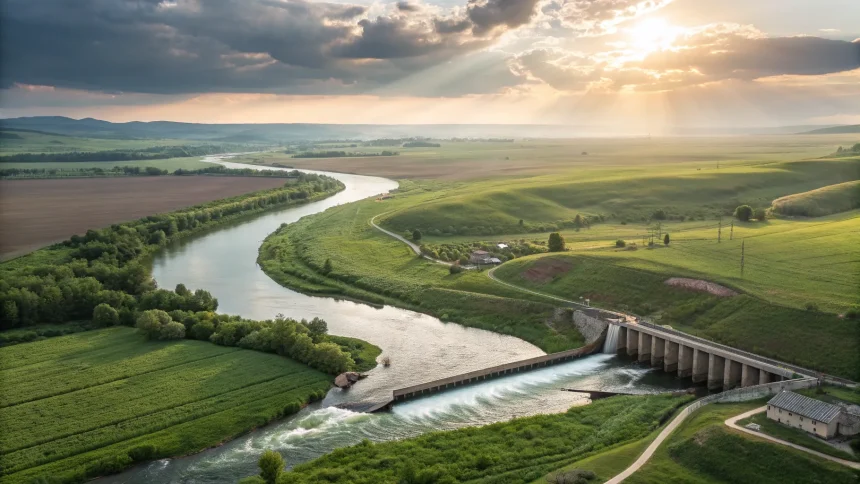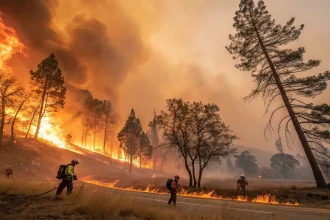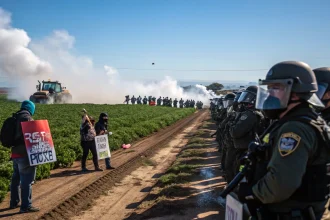The U.S. Bureau of Reclamation announced that water contractors located south of the San Joaquin Delta will receive up to 50% of their contracted water allocation from the Central Valley Project (CVP) this year. This decision marks a significant change for agricultural and municipal water users who have faced severe shortages in recent years.
The allocation increase affects numerous water districts and agricultural operations that depend on federal water deliveries for irrigation and other uses. These contractors, primarily located in the San Joaquin Valley, have experienced dramatically reduced water supplies during California’s extended drought periods.
What This Means for Valley Agriculture
For farmers and agricultural operations south of the Delta, the 50% allocation represents a modest improvement compared to the minimal allocations of recent drought years. The Central Valley, often called America’s fruit and vegetable basket, produces over 250 different crops valued at billions of dollars annually.
Local farmer Maria Sanchez expressed cautious optimism about the announcement. “A 50% allocation isn’t ideal, but it’s workable. We can plan our planting decisions with more confidence now, though we’ll still need to be careful with our water use.”
Agricultural economists note that the increased water supply will help stabilize production costs and potentially reduce fallowed acreage in the region. During severe drought years, hundreds of thousands of acres have been left unplanted due to water shortages.
Water Supply Background
The Central Valley Project, managed by the Bureau of Reclamation, is one of California’s largest water systems. It includes 20 dams and reservoirs, 11 power plants, and more than 500 miles of canals and aqueducts that deliver water to farms, communities, and wildlife refuges.
Water allocations from the CVP are determined based on several factors:
- Current reservoir storage levels
- Snowpack measurements in the Sierra Nevada
- Precipitation forecasts
- Environmental requirements for fish and wildlife
- Legal obligations to senior water rights holders
The 50% allocation decision suggests improved hydrological conditions compared to recent years, though it still falls short of the full contracted amounts that water users would receive in wet years.
Environmental Considerations
The Bureau’s water allocation decisions must balance agricultural and municipal needs with environmental requirements. A portion of CVP water is designated for maintaining river flows and Delta water quality to protect endangered fish species like Chinook salmon and Delta smelt.
“Every water allocation decision involves trade-offs,” said Dr. James Wong, a water policy expert at UC Davis. “The Bureau has to consider both human water needs and environmental protection. The 50% allocation suggests they’ve found a middle ground given current conditions.”
Environmental groups have frequently challenged water delivery decisions that they believe threaten fish populations or Delta ecosystems. However, agricultural advocates argue that farms need reliable water supplies to maintain food production and rural economies.
Looking Forward
Water managers caution that the 50% allocation could change if weather patterns shift dramatically. Spring rainfall and snowmelt will play crucial roles in determining whether the allocation holds or requires adjustment.
The Bureau of Reclamation typically updates its water supply forecasts monthly during the wet season, with final allocations often determined by late spring.
For communities and farms south of the Delta, the announcement provides some planning certainty for the coming growing season, though many water users continue to invest in conservation measures, groundwater banking, and other strategies to build resilience against future shortages.
As California continues to face water management challenges, the allocation decision highlights the ongoing balancing act between agricultural production, urban water needs, and environmental protection in the nation’s most productive agricultural state.









